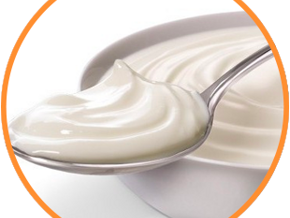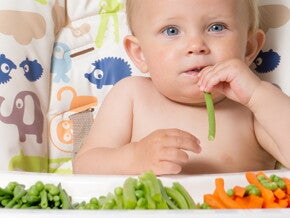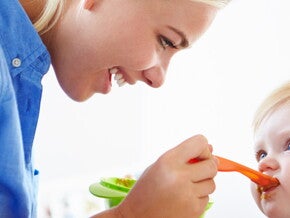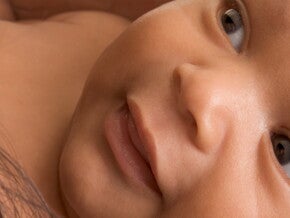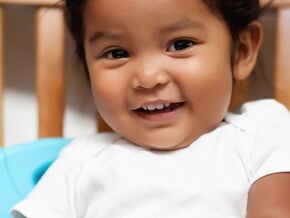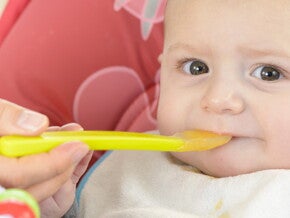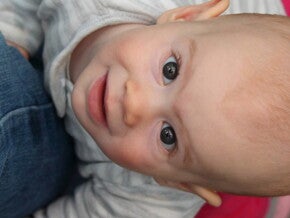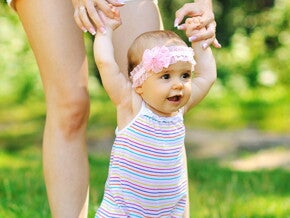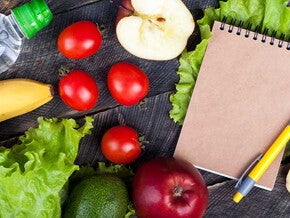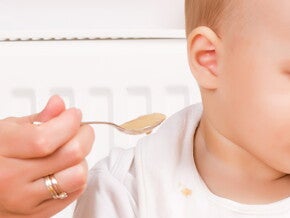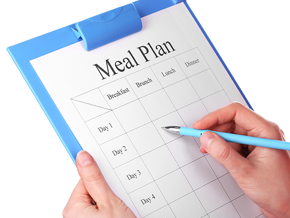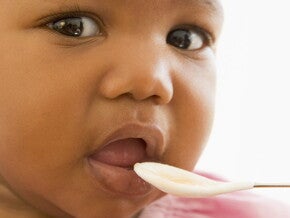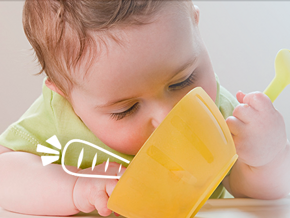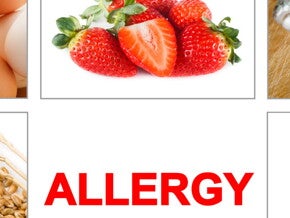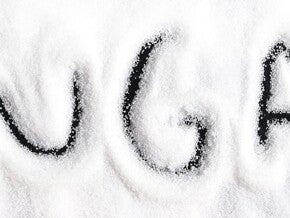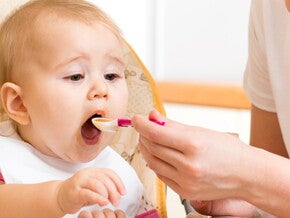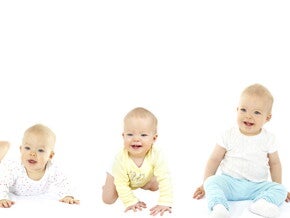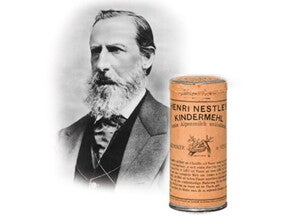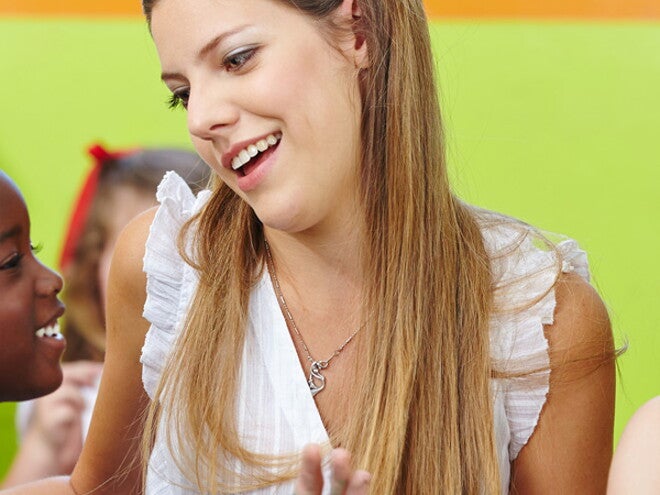
Prepare your home now
It’s best not to wait until your little one starts crawling before thinking about potential dangers in your home. Get down on the floor and get a baby’s-eye-view of his world to identify possible hazards. The earlier you become aware of child safety and start looking for dangers that your child might face, the more time you’ll have to fix any problems. That’s better for your baby and for your own peace of mind.
Getting you and your caregivers ready
Taking these steps can help you, and anyone who takes care of your baby, prepare for unexpected accidents, illnesses and other events that could affect your baby’s well-being:
- Take a course in infant first aid and/or CPR so you’ll know how best to proceed in a medical emergency.
- Stick up notes with emergency numbers by every phone in the house so you don’t have to spend crucial moments searching for the information if an emergency does happen. Give a copy to grandparents and all other caregivers, carry these numbers in your car and input them into your cellphone.
- When leaving your baby and older children in the care of a babysitter or other caregiver, be sure to provide that person with a Caregivers Guide on each child.
- Keep a first-aid kit in the home and with you when traveling. You can purchase kits especially designed for new parents, or you can assemble your own kit in a plastic box or other container.
Toxins in the home
You might feel that your home is toxin-free, especially if you’ve been living there for a while without incident. But remember, babies and children are smaller, their metabolic rates are faster, and they are less able to physically handle toxic chemicals. This means they are at a much greater risk of being poisoned than adults. It’s important to pay close attention to possible toxins in and around the home. Some examples of toxins in your home, garage or garden shed that could harm your baby and growing children include:
- Medicines and vitamins
- Perfumes and other personal care products
- Household chemicals and cleaning products
- Pesticides and garden products
- Charcoal and lighter fluid
- Paint thinner, paint remover and turpentine
- Antifreeze
Make sure your child can neither find nor get at any poisonous substance; lock all cabinets that hold dangerous products. You can buy child-proof locks at most baby or home department stores.
For more information on this topic, please contact your healthcare professional, local poison control, or fire department.
In this article, you can download Caregivers Guide below:
